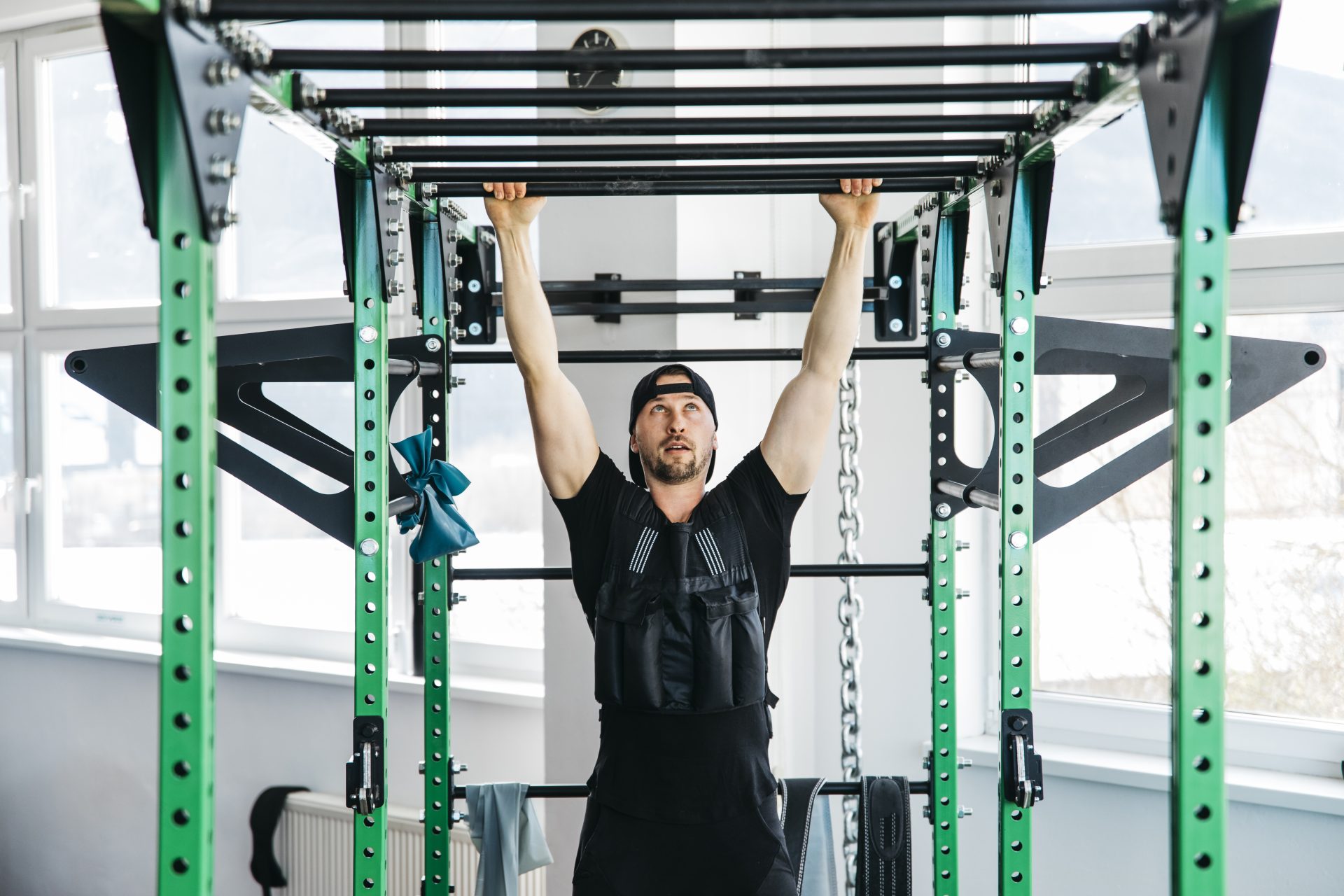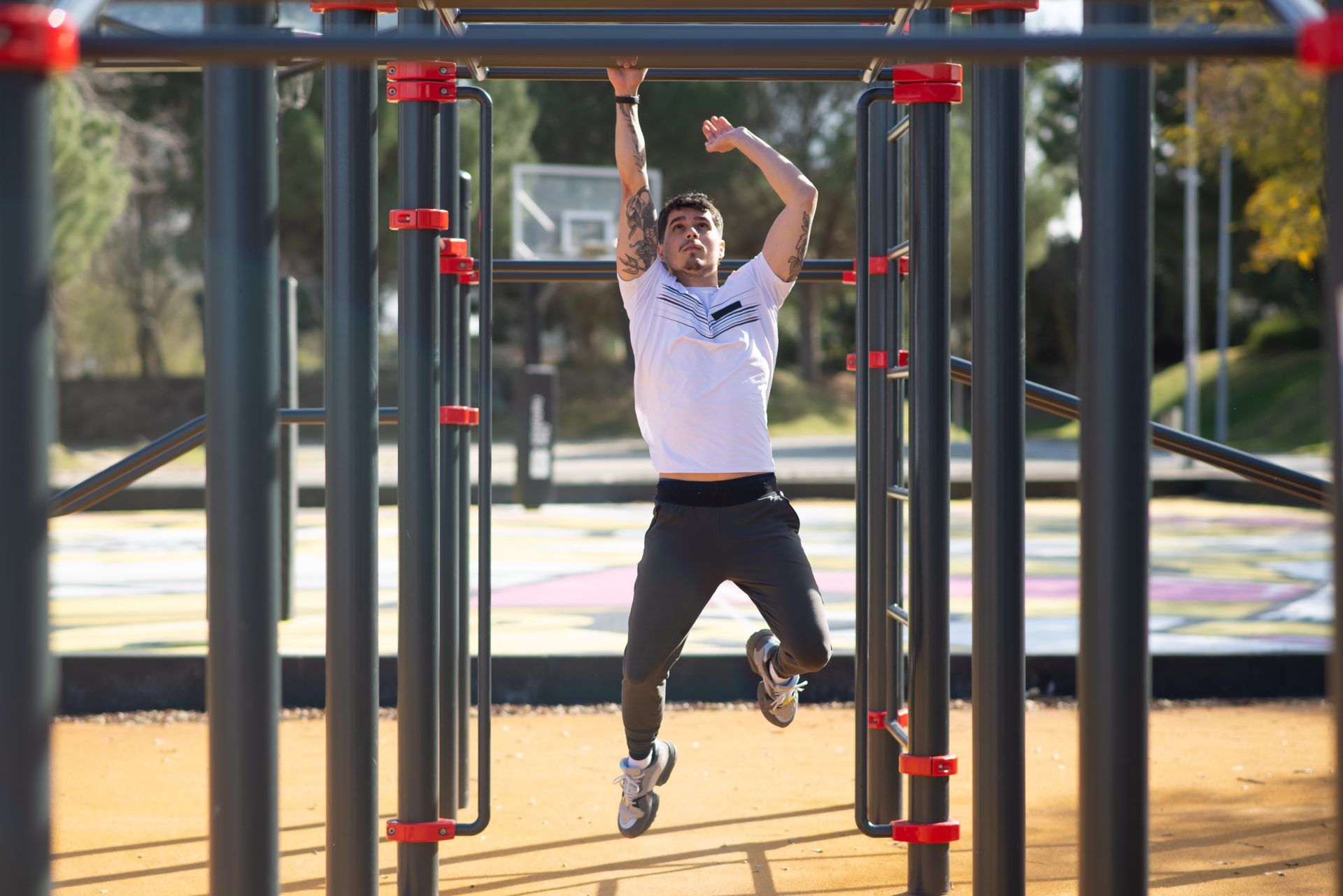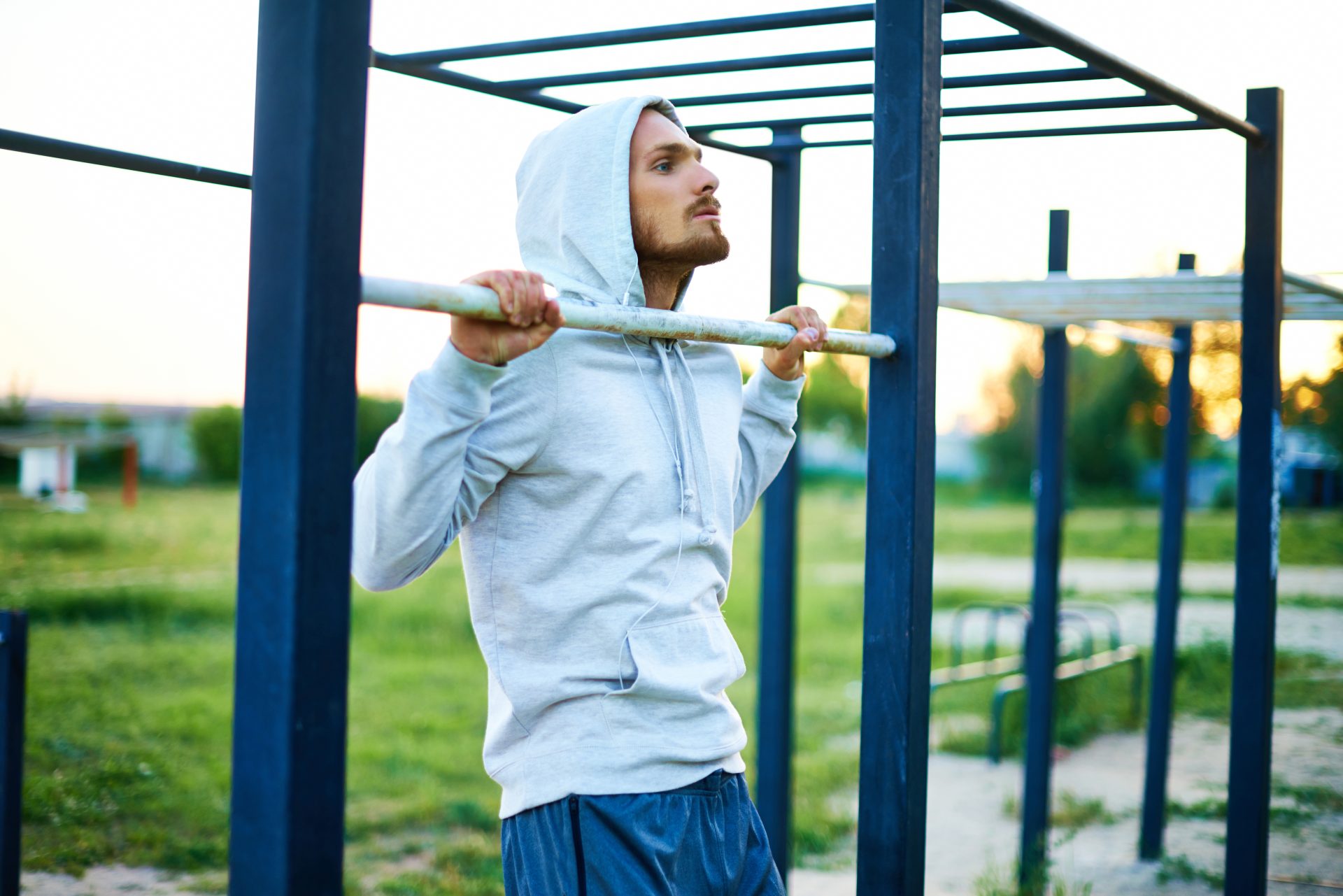It’s no secret that utilizing proper form and technique with your workouts is important for achieving the best results. But did you know that the way you grip your equipment can also be key? This is where a pronated grip comes in—it’s a powerful tool used to boost performance and improve safety when it comes to lifting weights or using other gym equipment. In this blog post, we will provide an overview of what pronated grip is, why it’s important, and how to use it properly.
Contents
What Is Pronated Grip?
Pronation is a type of hand placement where the palms are facing down or away from you. When gripping onto something like a barbell or dumbbell with your hands in this position, you create stability and control over the weight as you lift.
That’s why many exercises require the use of pronated grip—it helps ensure proper form and provides an extra layer of safety when lifting heavier weights.
Most Balanced Grip
A pronated grip is an integral part of proper technique when performing a variety of exercises. It refers to the way one grasps a bar or equipment with the hands, as pronation involves rotating the palms away from the body.
The pronated grip secures the bar in order to stabilize it and create balance between both arms, improving coordination and distributing weight evenly.
It is essential for squats, deadlifts, bench presses and other weightlifting activities, as pronated grips provide greater control that allows for more effective movement and better results when engaging in strength training.
Common Exercises that Utilize Pronated Grip
Some of the most common exercises that require pronation include deadlifts, pull-ups, barbell rows, bench presses, and overhead presses.
For these exercises, having your palms face down allows for a better connection between your body and the weight being lifted which can help maximize muscle activation and power output.
Additionally, using pronation helps prevent any unwanted movements during these exercises which can increase risk of injury or lessen effectiveness due to poor form.
Bulletproof Wrists
The pronated grip is a particularly versatile one in terms of its applications, namely within various sports and crafts.
It is the most natural and instinctive manner in which to grasp an object due to it being what the human anatomy requires us to do in order to hold onto something securely.
Several anatomical factors are at play with this type of grip, including the flexion of our forearm muscles which cause our wrists to slightly turn inward during contact with an object such as a tennis racket or tools like nails and hammers.
This enables us to be able to effectively manipulate any desired object, lending itself as a better alternative to supinated grips which leads to less stability and control.
All in all, the pronated grip is vital for executing certain tasks and exhibits several unique differences compared to other types of grips.
Techniques for Proper Use of Pronated Grip
When using a pronated grip there are several things to keep in mind including form and technique considerations as well as adjusting your hand placement on the bar or handle as needed.
It’s important to make sure your hands are spaced correctly so that they don’t overlap too much or too little on each side—this helps ensure even pressure distribution throughout both sides of the body while performing strength training exercises such as those mentioned above.
Additionally, if you have any pre-existing injuries or conditions that limit mobility in certain areas of your body then you should avoid using this type of grip completely or limit its usage accordingly.
Beneficial for Athletes
A pronated grip is a form of gripping where the palms are facing inwards while holding onto an object.
This is the opposite of a supinated grip, where the palms are facing outwards. It can be used as opposed to these two other forms because pronation has been found to be ideal when performing certain exercises in weight training programs.
It employs muscles which can improve technique, reduce risk of injury and provides greater benefits for muscle activation and strength gains compared to its alternatives.
This means that pronated grip is especially beneficial for athletes, bodybuilders, powerlifters and many other people trying to increase their physical capabilities.
Greater Range of Motion
Pronated grips are one of the most popular positions for exercises such lat pulldowns, deadlifts, pull-ups, barbell rows, and bench presses.
This grip provides a greater range of motion and can help target certain muscles in the upper body such as the latissiums dorsi and trapezius in lat pulldowns.
Utilizing pronated grips can also activate several core muscled which helps to support proper posture while lifting heavy weights.
They are generally considered to be safer than other grips due to reduced risk of injury when your hands are facing downwards.
Drive Your Strength to New Level
The pronated grip is a basic but nonetheless important concept to understand in weightlifting, and with proper technique, it can drive your lifting performance to new heights.
Fundamentally, pronation of the hand helps you to maintain a secure and stable grip on the barbell or dumbbell, resulting in better control and execution of reps.
In general, pronated grip should be used whenever possible but when there are pre-existing injuries or conditions that can be exacerbated by this kind of gripping activity then it’s wise to avoid usage until further notice.
Advanced lifters can also take advantage of pronated grip by finding ways to incorporate pronated grip variations into their routines for greater diversity and challenge in their workouts.
Learning how to safely apply pronation grip technique is key, so practitioners should always seek advice from qualified trainers if looking to increase usage with pronation in order to ensure safe exercising practices.
Keeping Your Body Safe
A grip is how one holds an object, and in the world of weightlifting, golfing, and rock climbing there are different grip options available.
With all the varieties out there, it can be intimidating to try something new. Pronated grip is a grip position that creates a thumb-up grip with palms facing downward.
It is often used for exercises such as hammer curls, barbell rows, chin ups, and skull crushers because it offers stability to help alleviate stress on the joints and reduce injury risk.
In conclusion, pronated grip is a grip option when lifting or exercising as it helps to ensure stability while keeping your body safe. Even if you’re new to pronated grip or have not tried it before, don’t be intimidated – give this grip method a shot!
Conclusion
This blog post has provided an overview of what pronated grip is, why it’s important for certain types of exercises, how to use it properly for maximum benefit (and safety!), as well as when to avoid its usage due to pre-existing injuries/conditions.
To wrap up our discussion on using pronation effectively in workouts let us leave you with two key points:
Always pay attention to proper form when lifting weights or using gym equipment.
Secondly give pronation a try if you haven’t yet!
With just a few small adjustments here and there – such as incorporating pronation into certain exercises – it can make all the difference in terms of improved performance and overall safety when exercising!




